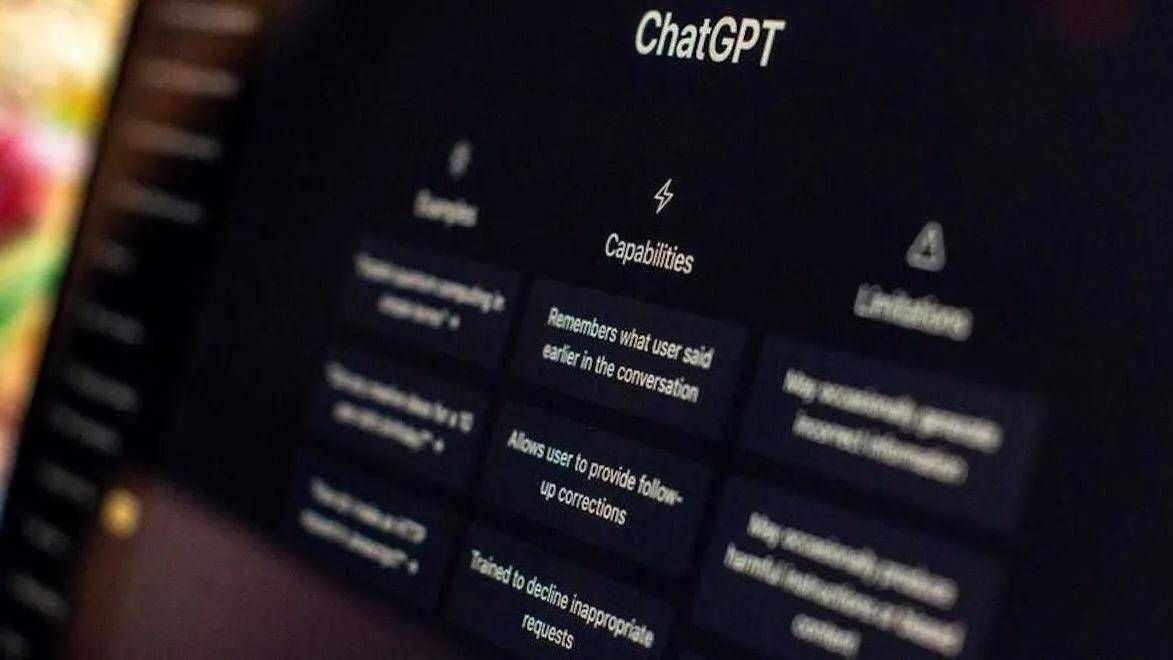Jan Leike, a researcher and key man at OpenAI, has resigned, following the exit of co-founder Ilya Sutskever. On Friday morning, Leike published an alarming message on X (formerly Twitter): according to Leike, at the artificial intelligence company ChatGPT “security has been put on the back burner compared to the creation of increasingly shiny products to sell.” Leike’s statements came shortly after a Wired article revealing the dissolution of OpenAI’s internal team dedicated to managing long-term AI risks, known as the “Superalignment team.” Leike headed this team, formed last July with the aim of “solving fundamental technical challenges” in implementing security protocols, while OpenAI developed artificial intelligence capable of reasoning like and better than a human being.
“Building machines that are smarter than a human is a huge undertaking,” Leike added. “OpenAI is placing a gigantic responsibility on the shoulders of all humanity.” OpenAI was born with the idea of making its models accessible to the public, as the name of the organization suggests. However, such models have become subscription products, with the company arguing that allowing anyone to access such powerful models could be potentially disruptive. “We are late in taking the implications of generative AI incredibly seriously. We must prioritize preparing for these challenges as best we can,” Leike wrote in further posts regarding his resignation, adding: “Only then can we ensure that AI benefits all humanity.”
OpenAi recently presented the evolution of its generative artificial intelligence model, GPT-4o, which unlike its predecessor is also accessible for free by everyone although slowed down and with some functions reduced. Leike remains critical, however: “I have disagreed with OpenAI’s leadership on the company’s core priorities for a long time, until we reached a breaking point,” he said on X. Leike’s resignation and his words cast shed a worrying light on the future of AI security research, highlighting the need for a balance between rapid innovation and responsibility in managing the risks associated with the development of such powerful technologies.
